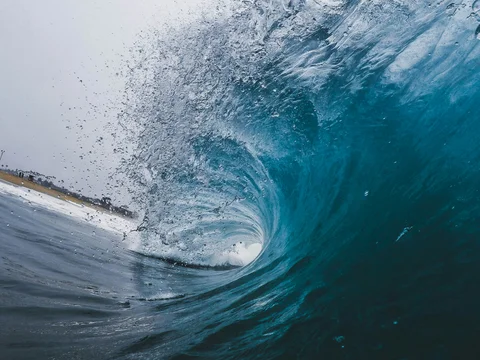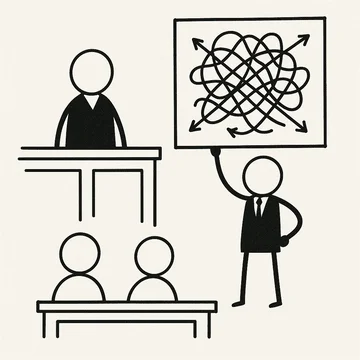We at IPDE have chronicled the Court's efforts to limit the number of terms it construes pretty extensively. Just last month, we discussed Judge Noreika's opinion in Sentient Sensors, LLC v. Cypress Semiconductor Corp., C.A. No. 19-1868-MN (D. Del. May 17, 2021) where she shot down the plaintiff's motion to reconsider one of her claim construction rulings, citing O2 Micro.
This week, there are some further claim construction developments worth talking about—but we'll start first with some interesting history that we overlooked last time around.
A Difficult Claim Construction Journey
Although we didn't discuss it in our previous post, this case had already had a tempestuous claim construction process. The parties had initially submitted 8 disputed terms for construction, prompting Judge Noreika to issue an oral order requiring them to meet and confer and attempt to reach agreement on some of the terms. See id., D.I. 66. When the parties failed to actually agree on any of the disputed terms, the Court issued another, more strongly worded, oral order criticizing the meet and confer process:
The parties talked for "approximately a half hour" about eight disputed terms - less than four minutes per term. That lack of effort shows a lack of respect for the Court's time. On or before NOON on November 12, 2020, the parties shall meet and confer in good faith regarding the terms at issue - i.e., the parties shall substantively discuss the disputes via videoconference or via telephone in a good-faith attempt to narrow the remaining disputes - and file a letter with the Court summarizing any agreement reached and identifying by name each individual who participated in the meet and confer, when and how that meet and confer occurred, and how long it lasted. Absent such a good-faith effort, the November 17, 2020 claim construction hearing will be cancelled and any claim construction will be addressed in connection with dispositive motions.
Id., D.I. 76.
Unsurprisingly, the parties then managed to reduce the number of disputed terms to 4, which the Court construed,ultimately leading ultimately the plaintiff's unsuccessful motion for reconsideration.
But readers, we have not yet reached the end of the Sentient claim construction saga. Just Monday, the plaintiff filed a "Request for Claim Construction Under O2 Micro" seeking to have the court reconstrue a term it had previously given its plain meaning. See id., D.I. 166. Today (2 days later!) the Court ruled on that request.
A Loss Less Terrible than Expected
Given the above, it should come as no surprise that the court did not immediately adopt the plaintiff's proposed construction, noting that "[d]eciding another claim construction dispute at this stage in the proceeding would not be an efficient use of the Court’s time." Id., D.I. 168 at 3. Interestingly though, Judge Noreika did not foreclose the possibility that she might be willing to revisit the construction at a later date. Id. To the contrary, she reserved her opinion on the issue until the pretrial conference, noting that the parties should "be prepared to go to trial (including by having their experts prepared to opine) on infringement and validity issues using any one of the constructions of [the disputed term] that has been proposed by either party during the litigation."
While it's far from a resounding victory for the plaintiff, its interesting to note that—even in a case where the number of terms was limited so clearly by the Court—a motion for further construction under O2 micro was not dismissed outright. We'll keep you posted on further data points as they come in.
If you enjoyed this post, consider subscribing to receive free e-mail updates about new posts.





